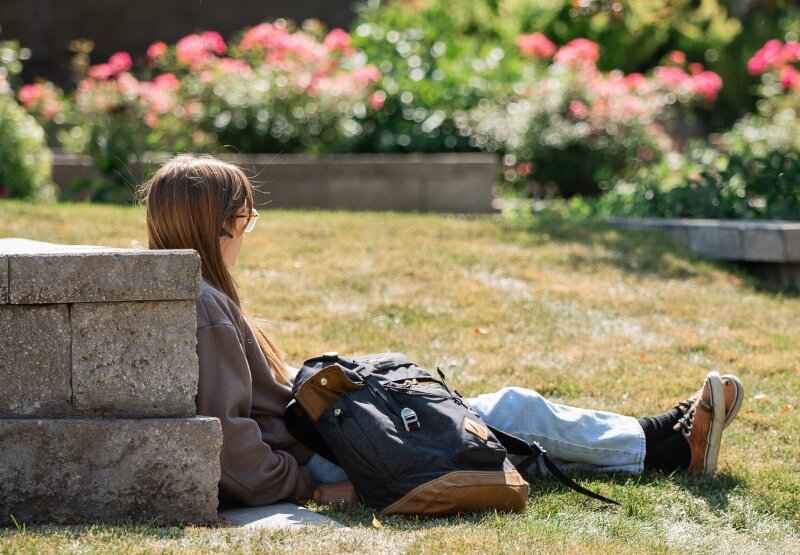If you are at imminent risk for self-harm please go to the Madison Memorial Emergency Room. For individuals who are at risk for harming themselves or are having a similar significant crisis, please text or call 988 to access the National Suicide and Crisis Lifeline.
Overview

It’s common for people to have bad days—even periods of rough days. You might experience temporary sadness, grief, or discouragement. These powerful feelings can become disruptive and impact your daily life. When we grieve the loss of health, employment, a relationship or a person we love, we may go through a state of extreme sadness. However, these feelings can diminish on their own as time goes by.
Clinical depression or Major Depressive Disorder (MDD) develops when extreme sadness lasts more than two weeks and disrupts everyday activities. This very common mental illness, which accompanies changes in the brain chemistry, is characterized by either enduring feelings of sadness, doom, and emptiness that the sufferer cannot shake off, or a significant decrease or total loss of pleasure in normally enjoyable activities such as playing a sport and spending time with friends/family. In addition, MDD affects several other important aspects of the sufferer’s life, such as energy levels, appetite, sleep, and their sense of worth and hope in life. Besides MDD, the general category of depression includes other types of depression with unique characteristics and degrees of symptom severity. Whatever the type of depression, however, the common theme is a decrease of joy and excitement for life replaced by sadness and concern that little or anything will change.
The good news about depression is that treatment, both medical and psychological (including spiritual) is abundantly available. The typical treatment includes psychotherapy, medication, or a combination of the two. In addition, although depression feels awful it is, ironically, a great teacher. This mental illness is the body's way of sending signals that something is amiss and needs review or repair. Whatever its causes (there are several categories of causes including stress and physical illness), depression can serve as a gateway to positive transformations, realizations, and new resolves that will stick for life. Let’s remain hopeful, patient, and reach out to professionals for help, as needed.
Additional Resources
Books
-Improving Your Mood (focuses on behavioral activation against lethargy)
-Let Go and Be Well (focuses on letting go of negative thinking and moving on)
-Leave Your Blues Behind (focuses on healthy vs unhealthy thoughts/feelings and lifestyle)
Visit TAO